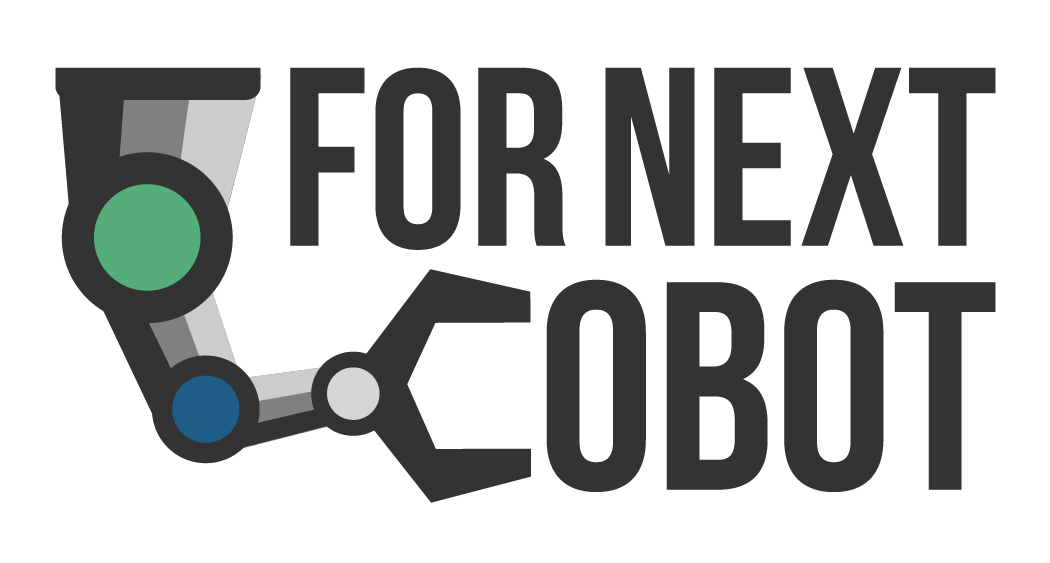As part of the ForNextCobot project, it will be explored how people approach tasks that require physical interaction in order to transfer such patterns of behavior to a new generation of collaborative robots which are evolving to be as efficient as their predecessors, as well as safe to work with, in the direct interaction with humans on an assembly line, in hospital, or home environment.
According to the Executive Summary on industrial robotics from the International Federation of Robotics, robotic technology dominates in factories with 400.000 installed industrial robots and an approximate annual increase of 30%. Although contemporary robots offer high performances, payload capacity, repeatability, and velocity, they occupy a lot of working space and cause safety concerns. Nowadays, it is becoming increasingly apparent that factories of the future will be founded on effective collaboration between robots and humans.
